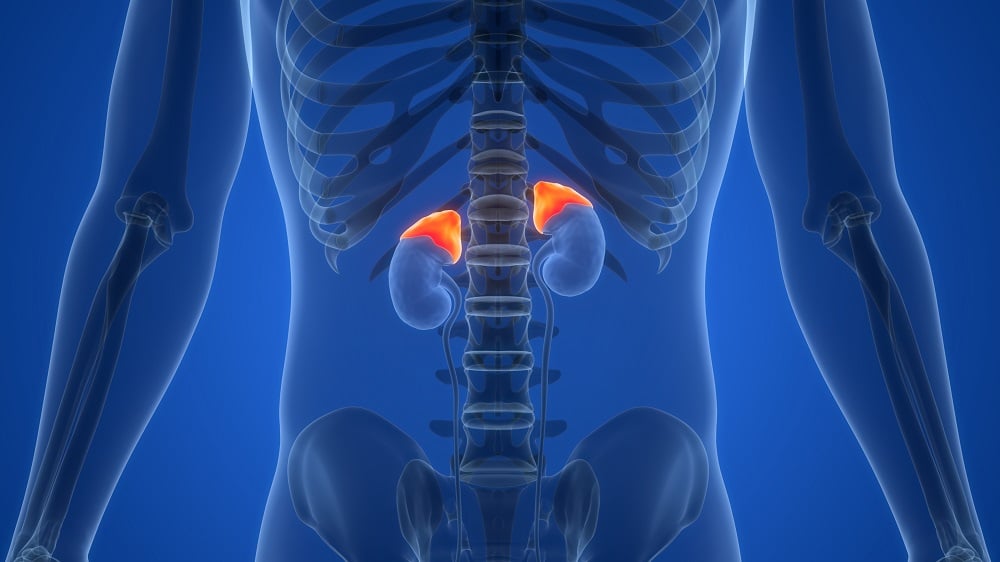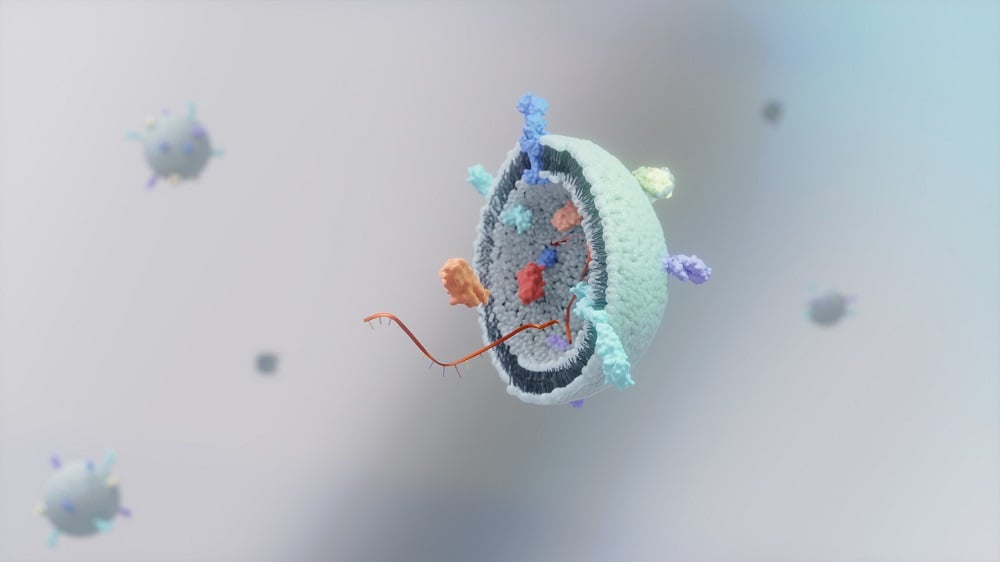Recent research published in the Journal of Endocrinological Investigation focuses on the changing dynamics of the adrenal glands as they age and the consequent disturbances in hormonal balance. This review is significant as it highlights the underexplored area of adrenal aging, which has critical implications for overall health.
The Anatomy and Function of Adrenal Glands
The adrenal glands, small yet crucial endocrine organs located atop each kidney, play a vital role in hormone production. Comprising four distinct zones, each region is responsible for synthesizing different hormones essential for bodily functions. Notably, the inner layer produces adrenaline, whereas the zona reticularis generates dehydroepiandrosterone (DHEA), an androgenic steroid with multiple physiological roles.
The research highlights that hormone levels in the adrenal glands fluctuate with age; notable hormones experience declines while others may show increased levels. This review particularly emphasizes the production of DHEA, which peaks in young adults and gradually diminishes as one ages. By age sixty, men may exhibit only 10% to 20% of their youthful DHEA levels. Such alterations can disrupt the natural diurnal rhythm of DHEA, exacerbating various health issues as individuals age.
Roles and Effects of DHEA
DHEA is known to fulfill several critical roles within the human body, including:
- Antidepressant effects: DHEA contributes positively to mood regulation.
- Cognitive enhancement: It has been associated with improved brain function.
- Immune modulation: Its effects on the immune system are complex and influenced by other hormones.
Research indicates that low levels of DHEAS correlate with an increased risk of various conditions, such as:
| Health Condition | Associated Risk |
|---|---|
| Arthritis | Increased severity |
| Breast Cancer | Elevated mortality |
| Alzheimer’s Disease | Associated with brain pathologies |
However, the relationship between DHEA supplementation and health benefits remains unclear. Although some studies indicate potential benefits for older women regarding bone health, many trials show no significant benefits for daily living or cognitive functions.
Impact of Aging on Cortisol and Aldosterone
Cortisol, widely known as the stress hormone, also exhibits shifts with aging. While cortisol levels increase by 20% to 50% from age 20 to 80, the diurnal rhythm becomes less pronounced. This shift is troubling, as elevated cortisol levels are associated with numerous health problems, including memory impairment and reduced brain volume. The relationship between cortisol and conditions such as diabetes remains largely inconclusive:
- Elevated cortisol: Linked to increased blood pressure.
- Unclear links: No consistent relationship between cortisol and body mass index.
Aldosterone, another key hormone produced by the adrenal glands, shows conflicting evidence regarding its levels in older populations. Some studies suggest a decrease, while others propose an increase attributable to functional migration within the adrenal glands.
Understanding Adrenal Aging as a Pathology
This review argues for a recognition of adrenal aging as an age-related pathology, necessitating diagnostic frameworks to assess its stages and implications. A thorough understanding of how hormonal changes in the adrenal glands influence overall health is crucial for developing interventions that can address issues stemming from hormonal imbalances.
In summary, the adrenal glands are pivotal in maintaining hormone balance, and their aging represents a significant yet under-discussed area of research. Future investigations should aim to decode the complexities of adrenal function throughout the aging process.
“The changes in the adrenal glands as we age may hold the key to a host of age-related health issues and deserve focused investigation.” – Dr. Jane Doe, Endocrinologist
Literature Cited
[1] Samaras, N., et al. (2013). A review of age-related dehydroepiandrosterone decline and its association with well-known geriatric syndromes: is treatment beneficial?. Rejuvenation research, 16(4), 285-294.
[2] Arlt, W. (2004). Dehydroepiandrosterone and ageing. Best Practice & Research Clinical Endocrinology & Metabolism, 18(3), 363-380.
[3] Orentreich, N., et al. (1992). Long-term longitudinal measurements of plasma dehydroepiandrosterone sulfate in normal men. The Journal of Clinical Endocrinology & Metabolism, 75(4), 1002-1004.
[4] Prall, S. P., & Muehlenbein, M. P. (2018). DHEA modulates immune function: a review of evidence. Vitamins and hormones, 108, 125-144.
[5] Quinn, T., et al. (2018). DHEA in prenatal and postnatal life: implications for brain and behavior. Vitamins and hormones, 108, 145-174.
[6] Lin, H., et al. (2019). A systematic review and meta-analysis of randomized placebo-controlled trials of DHEA supplementation of bone mineral density in healthy adults. Gynecological Endocrinology.
[7] Weiss, E. P., et al. (2012). Dehydroepiandrosterone replacement therapy in older adults improves indices of arterial stiffness. Aging cell, 11(5), 876-884.
[8] Wang, Q., et al. (2024). Aging induces region-specific dysregulation of hormone synthesis in the primate adrenal gland. Nature Aging, 4(3), 396-413.
[9] Yiallouris, A., et al. (2024). Aging of the adrenal gland and its impact on the stress response. In Vitamins and Hormones (Vol. 124, pp. 341-366). Academic Press.
[10] Van Cauter, E., et al. (1996). Effects of gender and age on the levels and circadian rhythmicity of plasma cortisol. The Journal of Clinical Endocrinology & Metabolism, 81(7), 2468-2473.
[11] Moffat, S. D., et al. (2020). Longitudinal change in cortisol levels across the adult life span. The Journals of Gerontology: Series A, 75(2), 394-400.
[12] Lee, S. Y., et al. (2012). Decreased levels of nuclear glucocorticoid receptor protein in the hippocampus of aged Long-Evans rats with cognitive impairment. Brain research, 1478, 48-54.
[13] Ferrari, E., et al. (2008). Neuroendocrine features in extreme longevity. Experimental Gerontology, 43(2), 88-94.
[14] Di Dalmazi, G., et al. (2019). The steroid profile of adrenal incidentalomas: subtyping subjects with high cardiovascular risk. The Journal of Clinical Endocrinology & Metabolism, 104(11), 5519-5528.
[15] Hegstad, R., et al. (1983). Aging and aldosterone. The American journal of medicine, 74(3), 442-448.
[16] Nanba, K., et al. (2018). Aging and adrenal aldosterone production. Hypertension, 71(2), 218-223.













Discussion